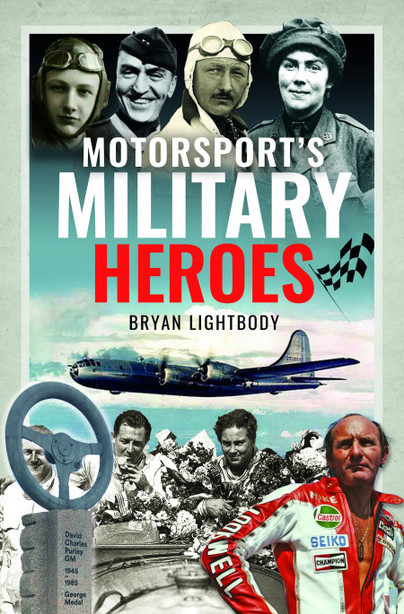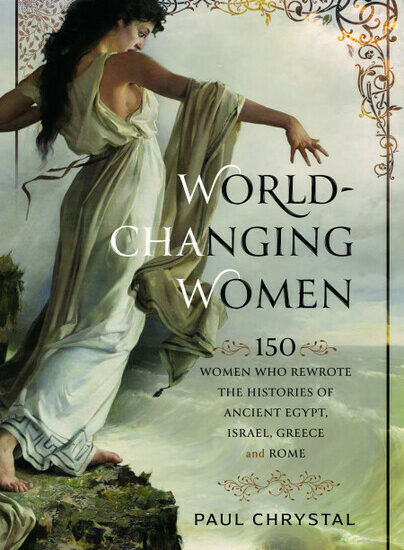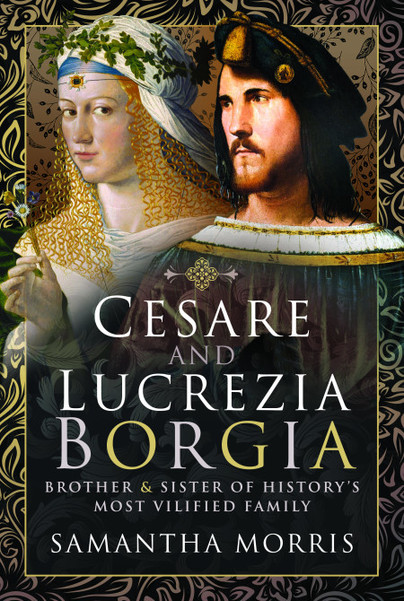Author Guest Post: Bryan Lightbody
CREATIVE INSPIRATION
I thought I’d take a short break from giving abridged profiles of the subjects of my book ‘Motorsport’s Military Heroes’, and give a very brief insight into its inspiration and creation. Sometimes it’s good to know a little about an author to ‘get’ where they are coming from. I’m a former career policeman and worked for a period prior to the police for MI5 when I was also an army reservist. During the last twelve years of my police career I worked in Royalty mobile and close protection, tasked with the safety of senior members of the British Royal family, serving with the late Her Majesty The Queen in the UK and abroad. I also spent seven years as a police advanced car and motorcycle instructor, a dream job for a ‘petrolhead’, and complementing my interest in motorsport. In 2000 and 2001 I competed in the International Police Road Rally, a timed public road racing event in Liege, Belgium as a motorcycle entrant. I’m currently a member of the Goodwood Road Racing Club. For the last fifteen years I have also struck out with a secondary career as a historical novelist, specialising in plots that I have professional knowledge of. I sporadically work as a World War One battlefield guide, but I work mainly as a security advisor in matters of personal close protection.
So as you can see military history and motorsport, particularly historic motorsport, loomed large in my life and found their connection after I watched the movie ‘Le Mans ‘66’ (also branded as ‘Ford vs Ferrari’). In that movie for those paying attention it is apparent that the two main protagonists Ken Miles and Carroll Shelby were both World War II veterans. This inspired me to consider my first non-fiction book , so I began to dig, initially with a well-known search engine online, which then led me to buy a small library of books, as well as delve into online archives. I also contacted historic vehicle collections, manufacturers and large historic motorsport organisations. The results were mixed, ranging from polite and helpful to no response at all, or no interest in a particular vehicle brands’ incredible heritage in the 1920s. The national archives were a very significant port of call for my group of World War One veterans.
But don’t let any of that put you off. So, I pitched to my publisher, I must have done something well in that respect as I was then asked for a synopsis and three sample chapters. None at that point had been done, we were five months into the pandemic, so I then discovered with the work restrictions we all had, that time was on my side. My sample chapters included David Purley, GM and Murray Walker, and after a couple of months of consideration my submission seems to have hit the mark. Eight months of research and writing followed before the submission for editing. I discovered the stories of thirteen incredible individuals, male and female, that I chose to profile in my book, with over a dozen more for which I could create a second volume at least. All of them with amazing stories of bravery, resilience, tragedy and inspiration.
What did I learn in this process? Here’s some of what I discovered. Believe in your idea, your interests can be your inspirations, inspiration can come from spotting a niche that no one seems to have exploited, tell the stories of those that inspire you and or you believe have an incredible story to tell, tell the stories about individuals in good grace; your subjects have descendants, be confident to challenge the editorial process, and be disciplined in your approach to achieve your goal.

Order your copy here.

